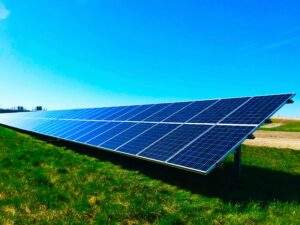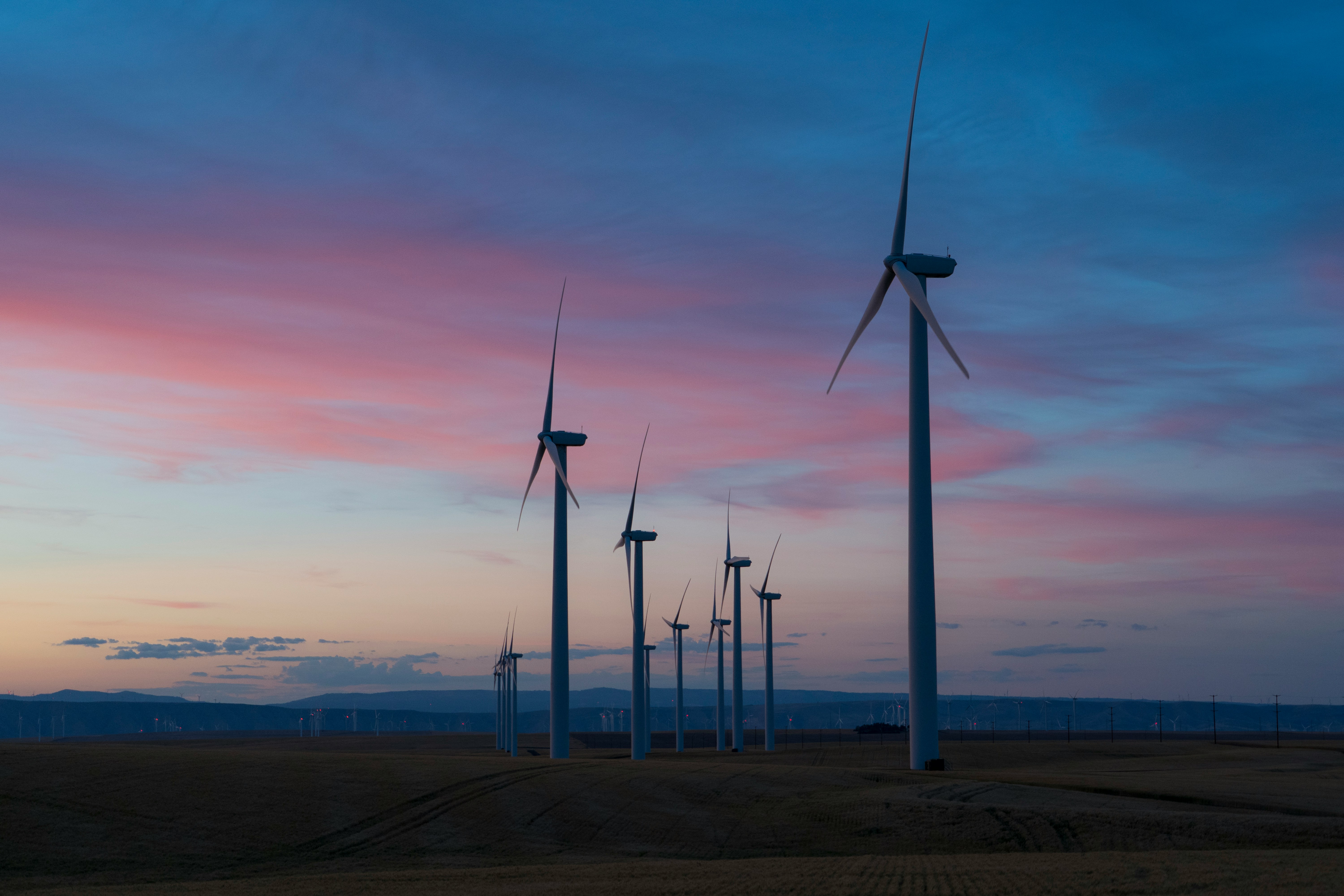Alternative Energy Solutions for Rural Communities
Rural communities often face unique energy challenges. For example, they have limited access to reliable power grids. Additionally, they encounter higher costs than traditional energy sources. Moreover, the environmental impact of conventional energy production exacerbates these issues. Alternative energy solutions can address these issues by providing sustainable, affordable, and reliable power.
Solar Energy Power Systems:
1. Photovoltaic (PV) Panels:
Photovoltaic panels convert sunlight directly into electricity. They are highly suitable for rural areas with abundant sunlight.
PV systems can be scaled from small, individual home installations to larger community-based solar farms.
They have low maintenance costs and can provide power for decades.
2. Solar Water Heaters:
These systems use solar energy to heat water, which is a significant benefit for households and agricultural needs.
They reduce reliance on electricity or gas for heating water, thereby cutting down on energy costs.
Benefits:
Environmental Impact:
Solar energy is clean, reducing carbon footprints and pollution.
Economic Impact:
Once installed, solar systems have low operating costs and can reduce electricity bills significantly.

Wind Turbines:
1.Small-Scale Wind Turbines:
Ideal for individual homes or small communities, these turbines can be installed in areas with sufficient wind resources. Furthermore, they can operate independently or in conjunction with solar panels to provide a hybrid energy solution.
2.Community Wind Farms:
In contrast, a community can collectively own larger wind turbines to provide power for multiple homes or even entire villages. Consequently, these farms can generate significant amounts of electricity and connect to local grids or microgrids.
Benefits:
Firstly, Sustainability:
Wind power is renewable and helps in reducing reliance on fossil fuels. Secondly,
Cost-Effective:
After initial setup, wind turbines have low operational costs and can produce energy for 20-25 years.
Biomass Systems:
1. Biogas Plants:
These plants convert organic waste (agricultural, animal, and human waste) into biogas through anaerobic digestion.
Biogas can be used for cooking, heating, and electricity generation.
2. Biomass Pellets:
Agricultural residues and wood chips can be processed into pellets, which can be used in biomass stoves and boilers.
These stoves are efficient and reduce the need for traditional wood burning, which can be unsustainable and unhealthy.
Benefits:
Waste Reduction:
Biomass energy helps manage waste effectively by converting it into useful energy. Additionally, it addresses environmental concerns associated with waste disposal.
Accessibility:
Biomass resources are widely available in rural areas, making them easily accessible for energy production. Consequently, they offer a sustainable solution for local energy needs.
Versatility:
Biomass can be used for various energy needs, including heating, cooking, and electricity generation. Furthermore, its flexibility in application makes it a valuable resource for diverse energy requirements in rural communities.
Small-Scale Hydropower:
1. Micro-Hydropower Systems:
Suitable for rural areas with flowing water sources, these systems can generate electricity for individual homes or small communities.
They harness the energy of flowing water, such as rivers or streams, to produce electricity. Consequently, this method provides a renewable energy source. Furthermore, it reduces reliance on fossil fuels.
2. Pico-Hydropower Systems:
Even smaller than micro-hydropower, these systems are ideal for very small communities or individual use.
They are cost-effective and relatively easy to install and maintain.
Benefits:
Consistent Power Supply:
Hydropower can provide a steady and reliable source of electricity.
Environmental Impact:
Small-scale hydropower has minimal environmental impact compared to large dams.

Challenges and Considerations
While alternative energy solutions offer significant benefits, there are challenges to their implementation in rural areas:
1. Initial Costs:
The initial investment for renewable energy systems can be high. However, costs have been decreasing, and financing options, subsidies, and grants are becoming more available.
2. Technical Expertise:
Installation and maintenance require skilled technicians. Training local people can mitigate this issue and create local employment opportunities.
3. Infrastructure:
In some cases, existing infrastructure may need upgrades to integrate new energy systems, especially for grid-connected solutions.
4.Resource Availability:
The suitability of different renewable energy sources varies based on geographic and climatic conditions. Therefore, a comprehensive assessment is needed to determine the most effective solution for a particular area. Additionally, this evaluation helps optimize resource use and ensures sustainability.
Conclusion
Alternative energy solutions are not just viable but necessary for the sustainable development of rural communities. For instance, solar, wind, biomass, and small-scale hydropower offer diverse and complementary options to meet energy needs. Moreover, these solutions contribute to environmental sustainability. Consequently, rural communities can achieve greater energy independence.

